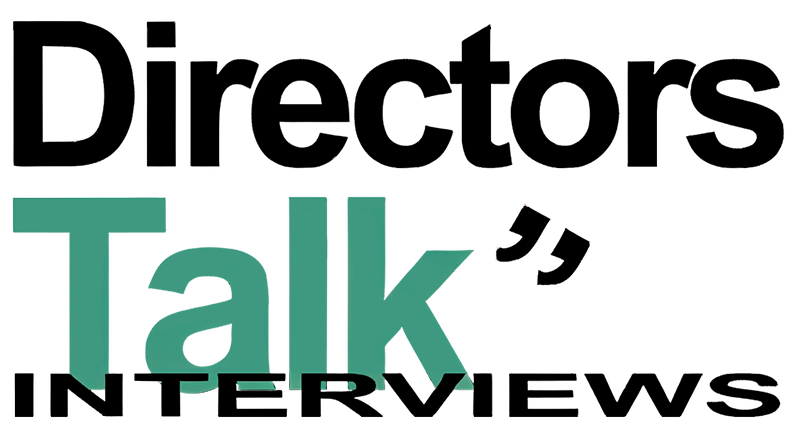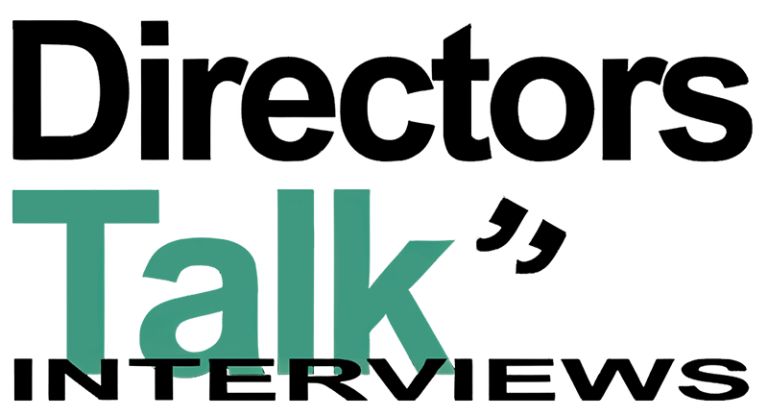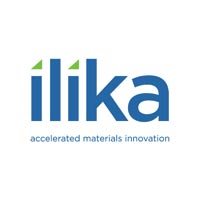Ilika Plc (LON:IKA) Following today’s news DirectorsTalk caught up with CEO Graeme Purdy to talk about the release of its latest financials. Graeme tells us if he expects the uptick in revenue and reduced loss to continue in the second half, outlines the progress made with potential Stereax commercialisation partners, the specific Stereax deployment projects currently being worked on, the importance of China as a market and further information on the the Stereax roadmap.
Joint Chairman’s and CEO’s Statement
Review of Period
The company has continued to pursue its strategy of developing and commercialising its proprietary solid-state batteries, underpinned by its technology platform for the high throughput development of materials for the energy, electronics and aerospace sectors.
Stereax® solid-state battery technology
IKA has been active in the development of solid-state battery technology since 2008, when it commenced a collaboration with Toyota, principally to develop materials suitable for use in batteries for hybrid vehicles. During that collaboration, both companies filed joint patent applications protecting relevant materials and processes for the development and manufacture of solid-state batteries. The key advantages of solid-state batteries relative to standard lithium-ion batteries are:
· Non-flammable
· 6 x faster charging
· 4x longer charge retention
· 2x increased energy density, making them half the volume for a given electrical charge
· 1/10th the leakage current.
IKA identified that these benefits make solid-state batteries particularly suitable for powering wireless sensors, which are the end-nodes for the “Internet of Things” (IoT). While analysts’ estimates vary, we believe there are about 15 billion sensors already deployed, with the majority of these sensors hard-wired either to the grid, or to larger batteries, for example those used to power consumer electronics devices. Sensors can also be powered by primary (disposable) batteries. The number of sensors being deployed is growing rapidly and many of the important use-cases involve sensors in environments where it is expensive or inconvenient to connect them with cables. Also, in the trillion-sensor scenario, where sensors become ubiquitous, we understand the use of disposable coin cells becomes unsustainable. The company’s solution is to combine its rechargeable Stereax® technology with miniature energy harvesters such as small photovoltaic panels (that convert light to electricity), thermoelectric devices (that convert heat to electricity) and piezoelectric devices (that convert movement to electricity).
IKA’s Stereax® battery technology is differentiated from other solid-state batteries through its choice of materials and its use of an efficient evaporation process that is capable of higher deposition rates than other solid-state routes. This results in the following benefits relative to previous solid-state battery designs:
· Ability to stack cells in a continuous process prior to encapsulation, increasing the energy capacity per footprint of battery
· Less encapsulation required
· High temperature resilience
Within the IoT market, there are many segments which are addressable with company technology. The unique benefits of Stereax® batteries make them particularly useful for medical implants and industrial IoT applications. Miniature Stereax® batteries can enable medical devices in a way that is currently not possible with conventional lithium-ion batteries. Their compact, high energy density, high power characteristics make them useful for a range of medical implant applications covering blood pressure monitoring to neuro-stimulation. Industrial IoT, or Industry 4.0 as it is sometimes referred to, requires batteries that can reliably operate at elevated temperatures above those for which standard lithium-ion batteries are rated.
In discussion with its potential partners, the company has defined a development roadmap for its Stereax® batteries. The Stereax® M250 product was launched in 2016 and in 2017 this was followed up with the launch of the P180, designed for use in hostile environments. Further Stereax® product launches are expected in 2018. IKA has entered into in excess of 60 application discussions with potential OEM partners around the world. In addition, the company has sent samples of batteries to 10 potential partners for their detailed evaluation and validation. Three of these discussions have now progressed to development and deployment partnerships, which are discussed in the commercial section below.
The Stereax products being marketed to its partners are defined by a licensing package including the following:
· Battery architecture design
· Detailed definition of the materials composition and properties
· Manufacturing process description
· Sample battery devices
· IP portfolio
Over the past few months IKA has been approached by a number of significant commercial partners interested in collaborating to expand its product development roadmap to include larger capacity batteries suitable for use in consumer electronics, domestic storage of energy and electric powered vehicles. In order to address these applications, the company is developing manufacturing processes suitable for forming battery materials in quantities which facilitate energy storage on a scale several orders of magnitude larger than that achievable using current vacuum deposition methods. The Stereax roadmap is now showing this technical innovation, which has the code-name “Goliath”. Further information will be forthcoming on this development path in future updates.
Commercial Progress
The intention is to license its technology to OEM partners using the model that has become standard in the semiconductor industry, based on license fees and royalties. Using its pilot line, samples of its M250 and P180 batteries, which it has used to provide initial quantities of product to seed the market for OEM’s. Licensing may also involve the use of 3rd party foundries working under contract to OEM’s.
The company has continued to pursue a three-phase strategy for the commercialisation of its battery technology:
· Optimisation of the battery architecture for specific applications
· Validation and integration of the batteries into application systems
· Technology transfer and licensing for manufacture
The development of the published Stereax roadmap is demonstration of the implementation of the first phase of this strategy. The second phase commenced in 2017, as demonstrated by the three development and deployment programmes announced in the course of the year:
1. The optimisation of Stereax technology for miniature medical implants announced in March 2017 which is a £700k development programme.
2. Integration of Stereax with photovoltaic harvesters for transport applications in a two-year programme with Lightricity (ex-Sharp), which started in July 2017.
3. Deployment of Stereax in sensors to measure strain for condition monitoring in wind turbine blades. This programme will start in March 2018 and is a collaboration with Titan Wind Energy, China’s largest wind turbine manufacturer.
These three programmes can be seen as lead indicators of the areas into which Stereax technology will be licensed as part of the third phase of commercialisation.
Materials Development Portfolio
IKA continues to support an active portfolio of materials development projects, which are carried out in collaboration with OEM partners. These programmes are a usually done on a shared-IP basis. The project fees make a significant contribution towards covering it’s overheads.
Energy materials
In February 2017 it commenced the latest in a series of projects with the Toyota Group. This latest project is being carried out with the Toyota Research Institute and its partners in the USA. The project involves the use of materials modelling, machine learning and Ilika’s automated materials synthesis and testing techniques.
In August 2016, it announced that it is taking part in a three-year project to develop protected anodes for lithium sulphur batteries. Led by Johnson Matthey and including Williams Grand Prix Engineering Ltd, the University of Oxford and the University of Warwick. The aim of the project is to discover new electrolyte composition options which will provide enhanced performance ‘pouch cells’ that can be made with existing cell fabrication methods. The pouch cells being developed in this project are for large scale renewable energy storage applications that require high capacity and low-cost batteries.
Electronic materials
In February 2017 it announced a second project with Seagate to develop photonic materials and processes for hard drives. This follows on from the two-year project with Seagate and the University of Southampton, which commenced in February 2016, with the aim of providing a demonstration of 2D materials for Hard Disk Drive applications. Materials with superior nanophotonic properties are being developed to achieve improved hard drive performance and reliability.
Aerospace Alloys
The company has continued in its role of leading two aerospace alloy programmes. The first is focussing on superalloy compositions for gas turbine engines with better thermal efficiency than current alloys. The alloys are designed to increase gas turbine performance, reducing CO2 emissions and noise levels at take-off. This is a collaboration with the University of Cambridge, Diamond Light Source and Rolls Royce.
The second project is the development of self-healing alloys in collaboration with Reliance Precision Engineering, University of Sheffield, GKN and BAE Systems. This project aims to develop alloys suitable for additive manufacturing processes and to develop a metallic manufacturing process that takes advantage of the flexibility of additive manufacturing and the precision of subtractive manufacturing.
Outlook
In the second half of the current financial year the company expects to continue to deliver strong revenue growth relative to the previous year. IKA is focussed on the scale up of its Stereax technology. An important milestone in this process has been the award of ISO 9001 certification to the Company.
In addition, it’s pipeline of potential OEM partners, who are actively evaluating Stereax batteries, demonstrates that the Company is drawing ever closer to licensing this technology. The company is well-positioned to exploit the global trend towards solid-state battery technology and is one of the few global players with an established technology position in this field. Underpinning this is a foundation of high throughput materials innovation, which continues to attract OEM collaboration partners and support revenue growth.
Graeme Purdy, CEO
Mike Inglis, Chairman


